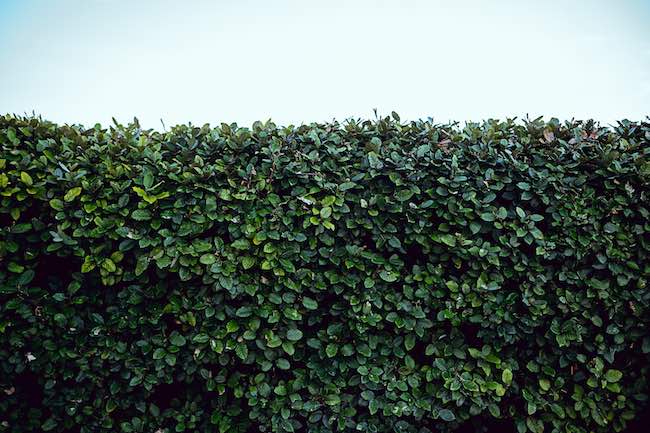A professional guide into hedge trimming

Many landowners benefit from planting hedges. These plants are easy to maintain and bound to keep your garden lively and green all year round. Shaped-up hedges also add a unique aesthetic appeal to any property, while enhancing outdoor privacy and safety. Hedges can even serve as nice green alternatives to traditional fencing solutions.
At the same time, unkept hedge shrubs can completely ruin your landscape! That is why you need to provide good care to your plants and it is crucial to master the craft of hedge cutting like a pro. Let us present you the ultimate guide for hedge trimming by Professional Gardening Services UK.
Keep on reading to learn what you can do to keep your garden presentable all the time.
What is hedge trimming
If you have hedges in your yard, trimming is a gardening maintenance procedure you should not overlook. It is similar to pruning, but instead of only removing diseased parts, gardeners also have to opt to maintain the neat look of the hedge. During the process, the hedge’s branches and leaves are cut to shape up the plant in order to increase its aesthetic appeal and to encourage new healthy growth.
When is the best time to trim a hedge
The first couple of years after their planting, new hedges need formative pruning sometime in winter or early spring. As for the already-established plants, they benefit from maintenance hedge trimming that is best carried out in the warmer months of spring or summer.
The maintenance trimming schedule depends mainly on the type of hedge – formal or informal:
- Informal hedges require a trim once a year
- Formal hedges need a trim twice or three times a year
Try to avoid cutting hedges during the nesting season from March to August. Always use protective garden gear and appropriate tools for the job.
A step-by-step guide to hedge trimming
Start with cutting side branches back to the desired height
Nothing makes hedging more aesthetically pleasing and neat than a fresh and even cut for the summer! Lightly trimming the hedge sides during summertime is one of the top tactics to maintain a certain height and shape, as well as encourage a lush look and branching.
Never cut the top of the hedge first
Always start trimming from the bottom of the hedge and work upwards. This ensures the cut-off branches and leaves fall down on the ground, instead of getting in the way. In addition, it allows you to form the right shape and level the top of the hedge better.
Continue trimming from the side with a parallel angle
If you are using a hedge trimmer for the gardening task, the best technique is to continue trimming from the side with a parallel blade angle. Do it with a broad sweeping motion. And in case you prefer garden shears, you also need to use the tool parallel to ensure uneven cuts.
Cut stems
For evergreen hedges, you might need to cut all stems after planting. Shortening them by ⅓ is one of the best ways to encourage new growth and maintain the desired shape of the plant.
Repeat
The key to a beautiful hedge feature is constant care and maintenance. With that in mind, it is important to repeat the hedge-cutting procedure on a yearly basis and when the trim is obviously due.


